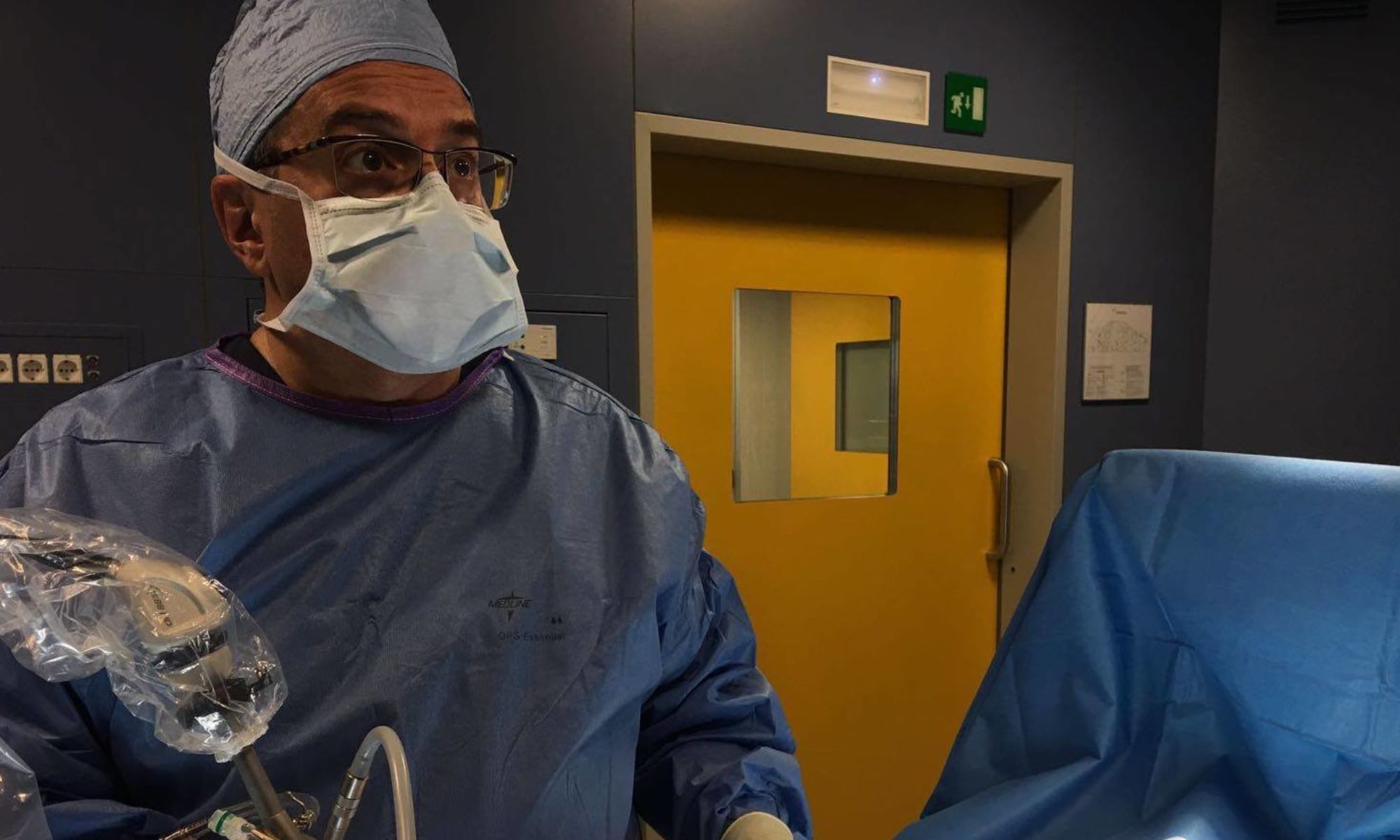[vc_row row_type=”0″ row_id=”” blox_height=”” video_fullscreen=”true” blox_image=”” blox_bg_attachment=”false” blox_cover=”true” blox_repeat=”no-repeat” align_center=”” page_title=”” blox_padding_top=”” blox_padding_bottom=”” blox_dark=”false” blox_class=”” blox_bgcolor=”” parallax_speed=”6″ process_count=”3″ video_url=”” video_type=”video/youtube” video_pattern=”true” row_pattern=”” row_color=”” maxslider_image1=”” maxslider_image2=”” maxslider_image3=”” maxslider_image4=”” maxslider_image5=”” maxslider_parallax=”true” maxslider_pattern=”true”][vc_column width=”1/1″][vc_column_text]DEFINITION
It ‘a technique which in recent years has seen an important development as it can provide relevant and detailed information in the rectum and anus study. It ‘a diagnostic that provides for the use of ultrasound for the diagnosis of anorectal diseases. The examination is painless, quick and well tolerated by the patient, is led in the left lateral decubitus position and in the anal canal is performed by introducing a rectilinear ultrasound probe of about 1 cm in diameter with frequencies from 6 to 10 MHz.
The image you get is 360 ° with an anatomical and physiological type display.
The anal canal is evaluated in all the parts thereof, and is displayed as a series of concentric layers of varying echogenicity. The review provides information on the status of the internal anal sphincter and external and puborectalis muscle. It evaluates the integrity of the muscle layers, their thickness and the echogenic appearance. You can detect abnormalities in the internal sphincter, as a traumatic injury or surgery that are displayed as an interruption or irregularity of the corresponding echogenic layer thickness; abnormalities in the external sphincter to traumatic injury or post-surgery; presence of abscess-type collections, anal fistulas, assessing the course and the ratio of fistulae with walls and anal sphincters and anal lesions or polyps, evaluating their extension through the various layers of the wall.
Ultrasound study Transanal is therefore a useful adjunct in the diagnosis of incontinence, constipation by obstructed defecation, complex anal fistulas, solitary rectal ulcer, rectal prolapse, anal pain idiopathic, anus neoplasms. Currently it has become an almost indispensable technique in the recto-anal disease, especially in the diagnosis of anal suppurations and fistulae with high sensitivity and specificity, especially in the most experienced centers.
EXAM TIME
At our center we are performed ultrasound anorectal 3-D with BK Medical ultrasound probe with rotating 360 °, multi-frequency crystal 10.5 MHZ. The patient is placed in the Sims position (left lateral decubitus with legs flexed on the thighs and legs bent at 90 ° on the chest).
The images are conventionally divided into four quadrants as those with the clock at the top (at 12) represented the anorectal front wall, to the right (at 3) the lateral anorectal wall left of the patient, at the bottom (to 6 hours) the rear wall and to the left (for 9 hours) the right side wall.
The anal canal is conventionally divided into three regions: the upper, middle, lower, each characterized by particular anatomical structures. And ‘always properly perform an accurate digital inspection and if possible a ano-rectoscopy first ultrasound examination that allows both to estimate the sphincter tone baseline and during exercise, that of assessing the presence of disease processes, inflammatory or masses.[/vc_column_text][ultimate_carousel slider_type=”horizontal” slide_to_scroll=”all” slides_on_desk=”6″ slides_on_tabs=”3″ slides_on_mob=”2″ infinite_loop=”off” speed=”300″ autoplay=”off” autoplay_speed=”5000″ arrows=”show” arrow_style=”default” border_size=”2″ arrow_color=”#333333″ arrow_size=”24″ next_icon=”ultsl-arrow-right4″ prev_icon=”ultsl-arrow-left4″ dots=”off” dots_color=”#333333″ dots_icon=”ultsl-record” draggable=”on” touch_move=”on” item_space=”15″][vc_single_image image=”72″ alignment=”center” border_color=”grey” img_link_large=”” img_link_target=”_self”][vc_single_image image=”73″ alignment=”center” border_color=”grey” img_link_large=”” img_link_target=”_self”][vc_single_image image=”113″ alignment=”center” border_color=”grey” img_link_large=”” img_link_target=”_self”][/ultimate_carousel][vc_column_text]INDICATIONS
1) Staging of the low and middle rectal cancer and cancer of the anus, also in case of chemo-radiotherapy.
2) Diagnosis of diseases septic ano-rectal (anal fistulas and abscesses)
3) Evaluation of anal sphincter incontinence (senile, post surgical, obstetric)
4) Rating apparatus sphincter in patients undergoing surgery proctology
5) Search traumatic injury or post-surgical
6) Study of rectal pain – anal – perineal
A true contraindication to methodical and ‘the tight stenosis of the rectum partially overcome by the presence of probes of 10 mm in diameter.
PREPARATION ULTRASOUND TRANSANAL
Simply run two microenemas three hours before the examination in order to completely empty the rectal ampulla.[/vc_column_text][vc_row_inner][vc_column_inner el_class=”” width=”1/3″][ultimate_modal icon_type=”none” modal_title=”Get informed consent” modal_contain=”ult-html” modal_on=”button” onload_delay=”2″ btn_size=”lg” btn_bg_color=”#140a75″ btn_txt_color=”#ffffff” modal_on_align=”center” btn_text=”Get informed consent” txt_color=”#f60f60″ modal_size=”medium” modal_style=”overlay-cornerbottomleft” overlay_bg_color=”#333333″ header_text_color=”#333333″ modal_border_width=”2″ modal_border_color=”#333333″ modal_border_radius=”0″]
Informed consent diagnostic tests anorectal
[/ultimate_modal][/vc_column_inner][vc_column_inner el_class=”” width=”1/3″]
[/vc_column_inner][vc_column_inner el_class=”” width=”1/3″]
[/vc_column_inner][/vc_row_inner][/vc_column][/vc_row]
